Thus Spake Zarathustra (Sydney Symphony Orchestra)
As if to make the point that Richard Wagner's shadow looms over all the classical music that followed him, this Sydney Symphony Orchestra concert entitled Thus Spake Zarathustra began and ended with him. Preludes to Acts I and III of Lohengrin bookended more substantial offerings by Joseph Jongen – Symphonie concertante for organ and orchestra – and Richard Strauss, the latter with his famous musical homage to Nietzsche. Even when the references are indirect, it is clear that Wagner, musically, preceded Strauss and Jongen and that Western music of the late nineteenth and twentieth centuries would have been very different without him.
Continue reading for only $10 per month. Subscribe and gain full access to Australian Book Review. Already a subscriber? Sign in. If you need assistance, feel free to contact us.


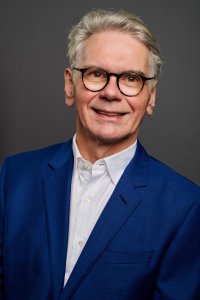
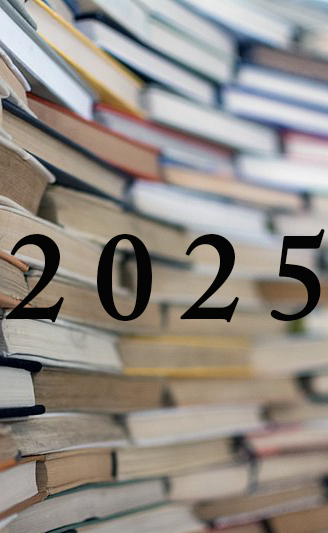
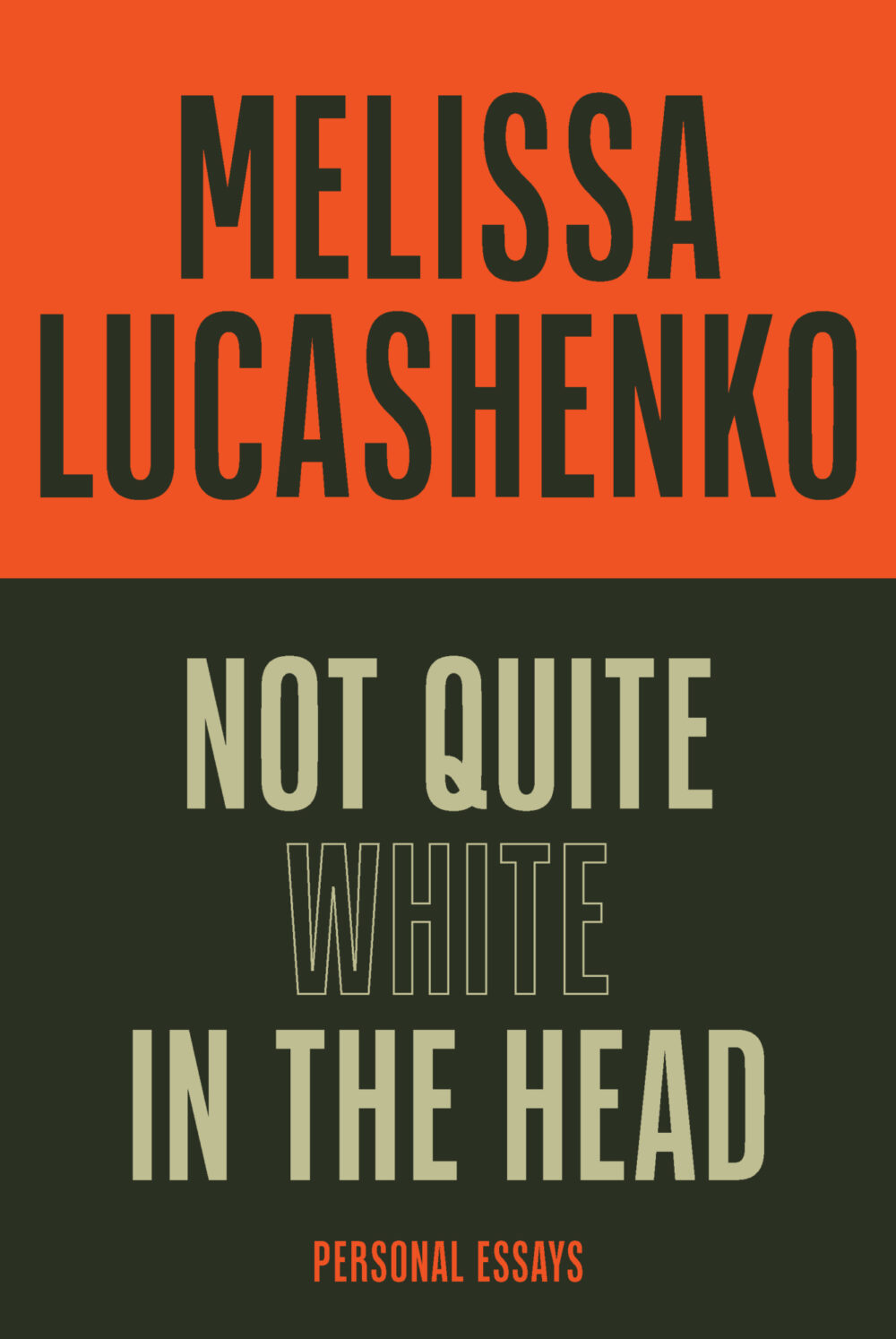
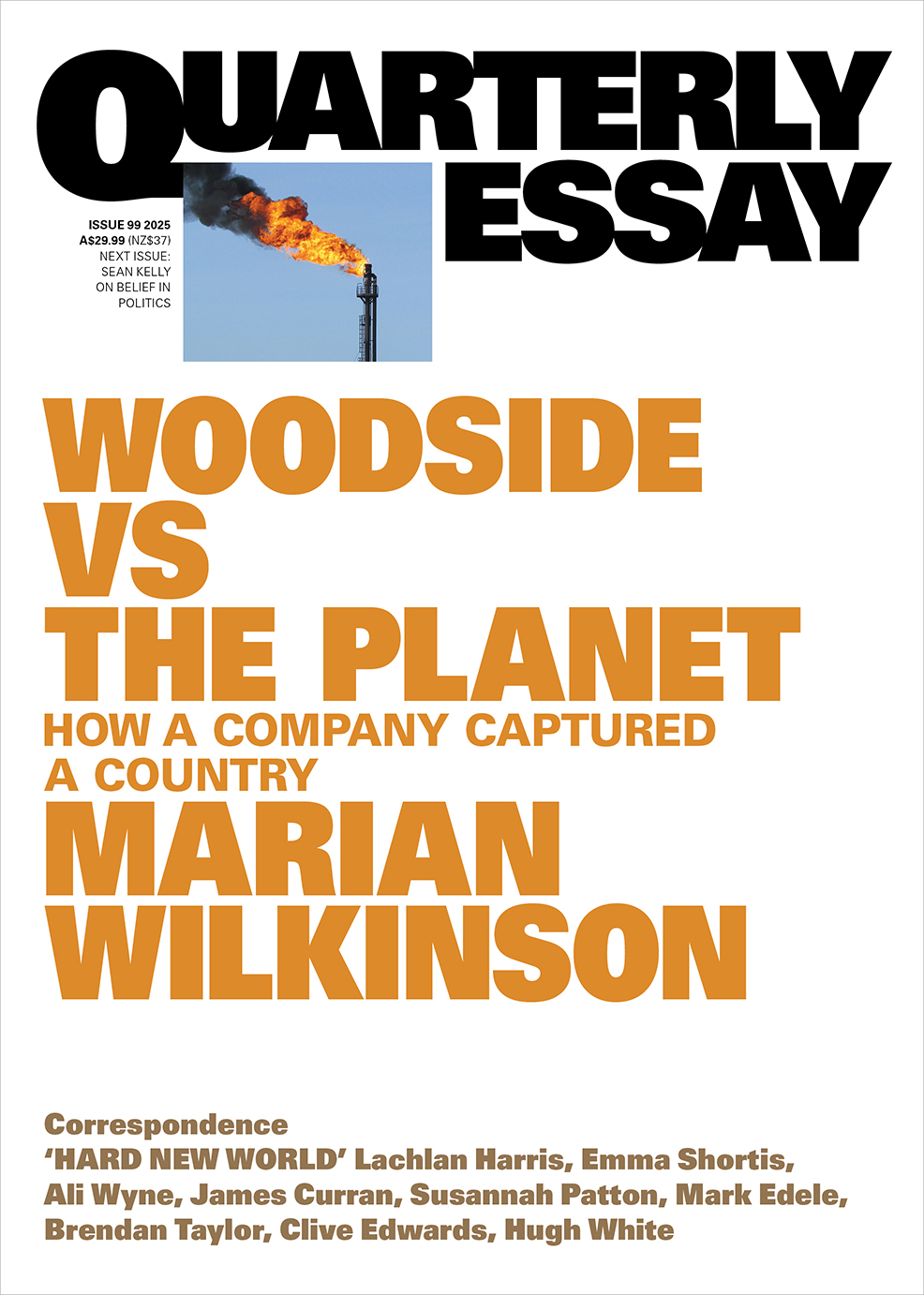
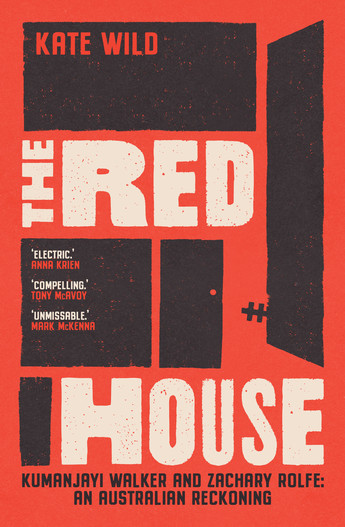
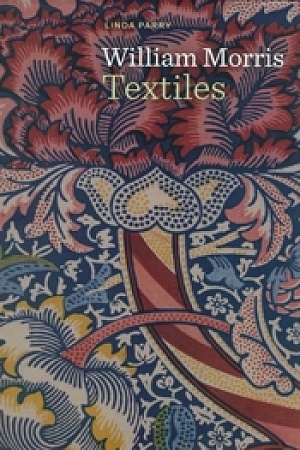
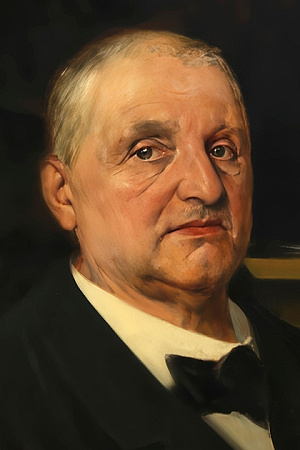
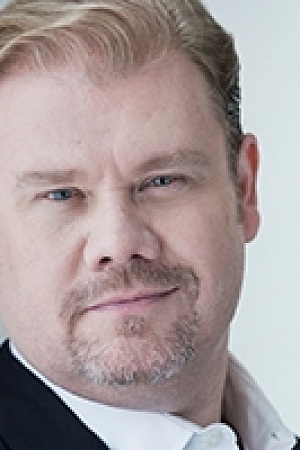
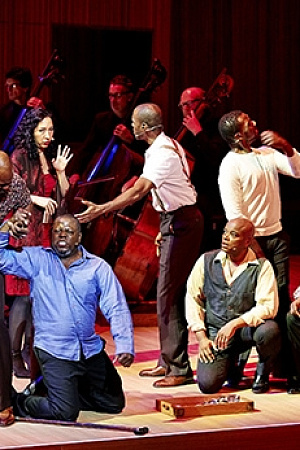
Leave a comment
If you are an ABR subscriber, you will need to sign in to post a comment.
If you have forgotten your sign in details, or if you receive an error message when trying to submit your comment, please email your comment (and the name of the article to which it relates) to ABR Comments. We will review your comment and, subject to approval, we will post it under your name.
Please note that all comments must be approved by ABR and comply with our Terms & Conditions.